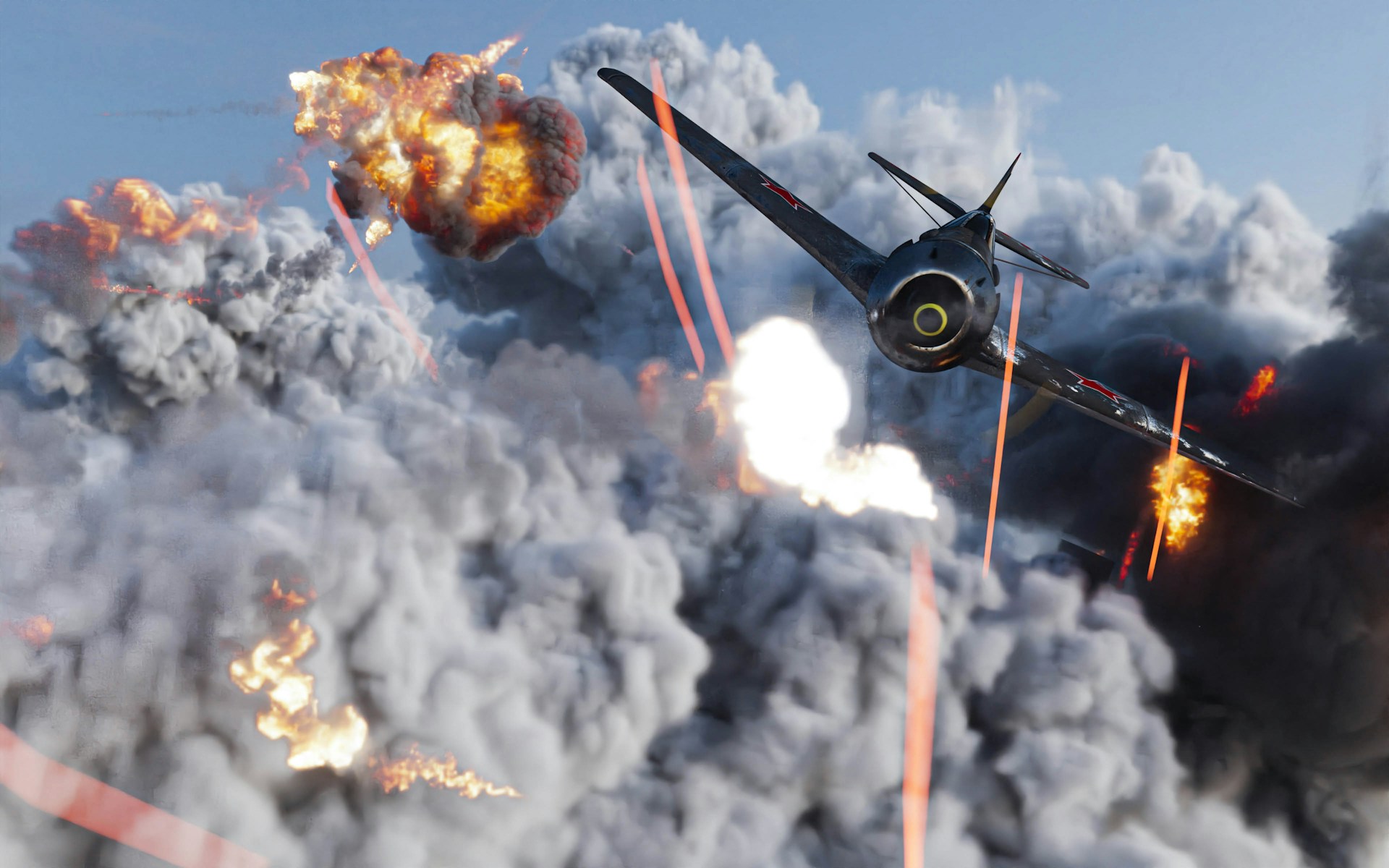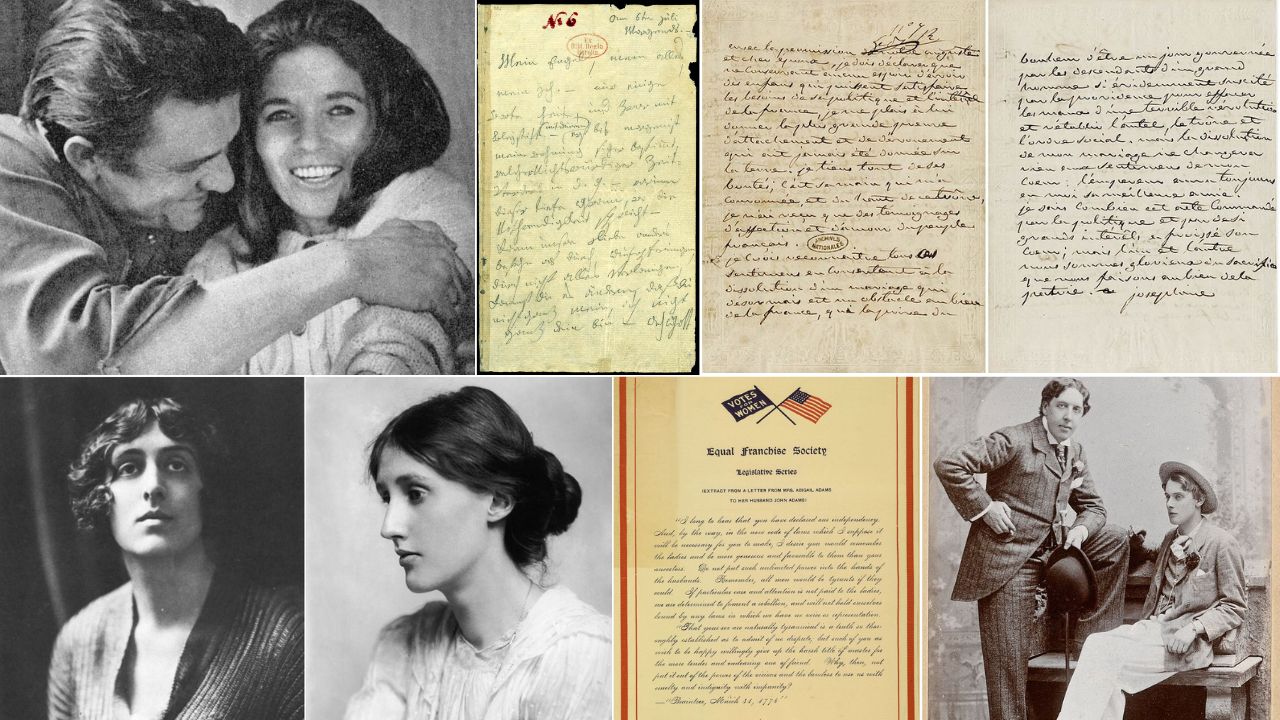At dawn over the Channel, two aces climbed toward a day that would outlive them. The Battle of Britain pressed hard, and formations rose from English grass and French fields into a bright, hostile sky. Werner Molders led with method, Sailor Malan with cold clarity, and the air between them filled with contrails and luck. One would belly in on French sand, another would tally victories, and historians would argue ever after about who struck the telling blow. Eyewitnesses recalled noise, glare, and seconds that felt like years.
Dawn Briefings And Nerves
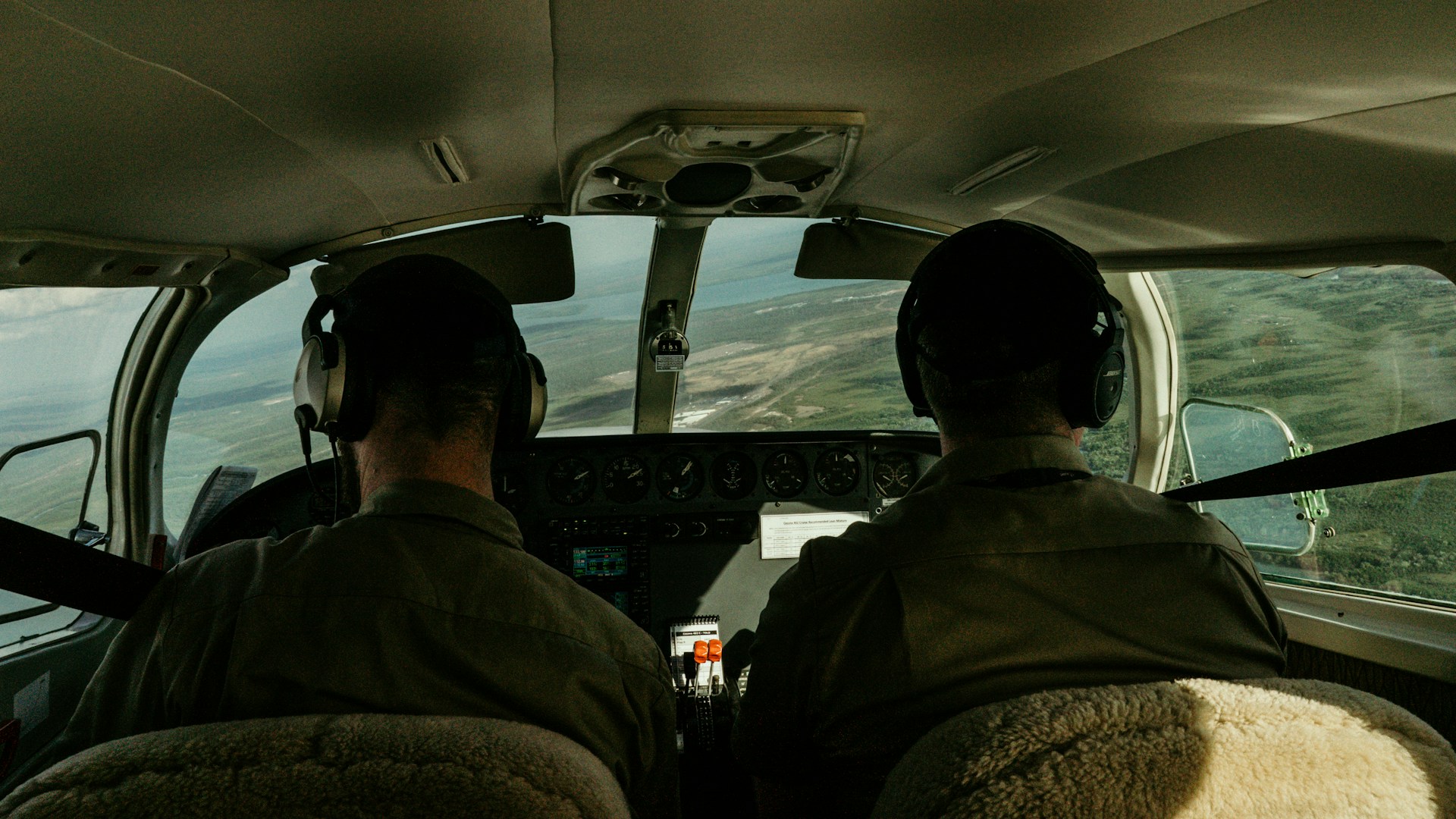
Mess tables emptied by sunrise as controllers set a trap and a countertrap. Bomber streams formed in France, fighters armed and fueled, and RAF squadrons stood ready on Midlands grass. Radios snapped and chalkboards filled. Ground plots built a moving mosaic of arrows and altitudes. Fear sat under routine. Pilots tightened harnesses, checked oxygen, tapped compasses, and rolled. Once wheels lifted, doubt went quiet. The sky became the map and the clock ran faster than thought.
Werner Molders Takes Off
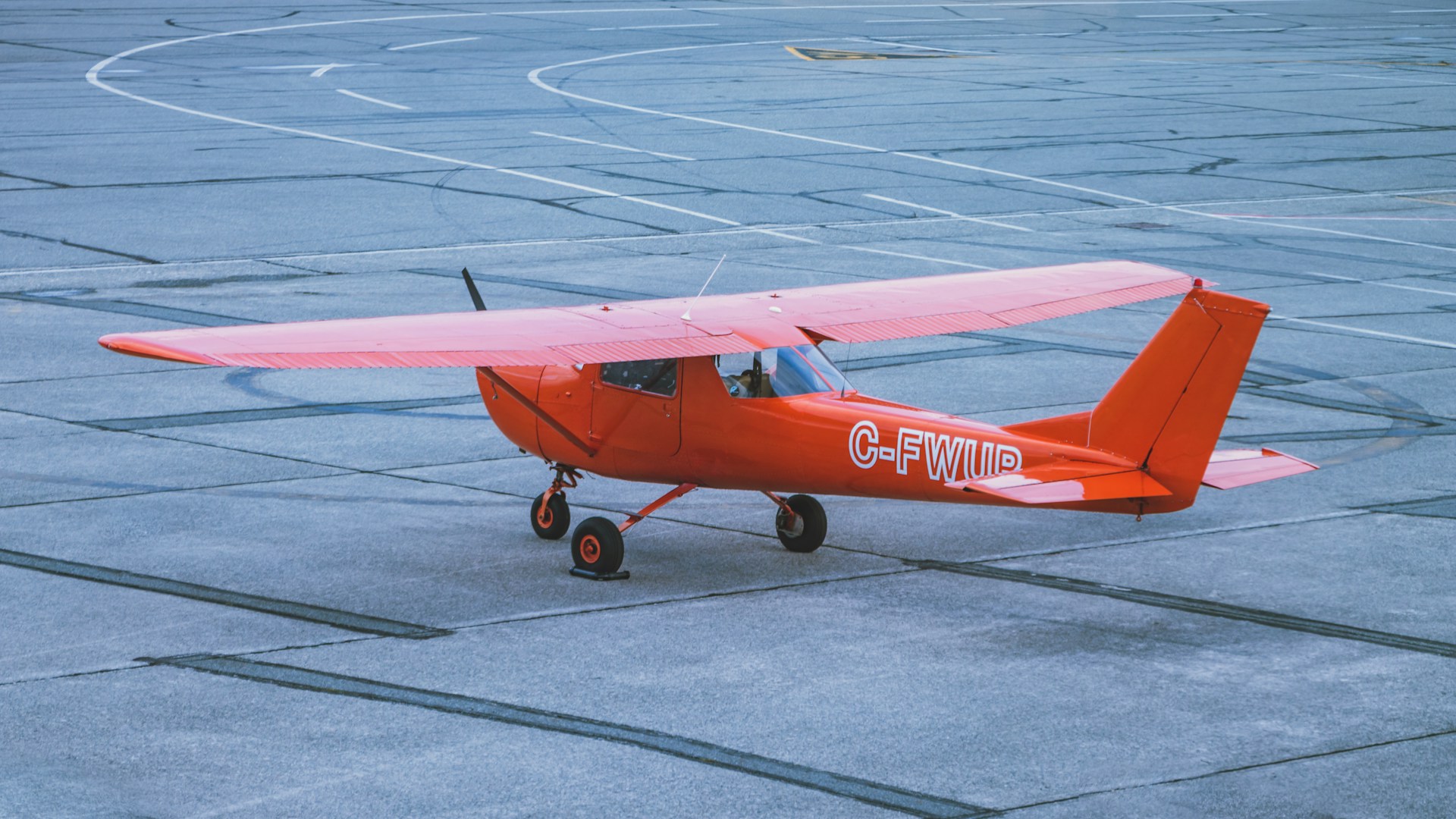
At 27, Molders held 25 victories, not counting nine from Spain. He led JG 51 with a teacher’s calm and a duelist’s patience. Subordinates called him Vati for steady hands and sharp eyes. He climbed from a French field in a Bf 109, hunting order inside chaos. The plan promised escort, then opportunity, then a cut. He expected the first mistake to be his opening. Today the opening cut both ways as the swarm answered with equal skill.
Sailor Malan In The Climb
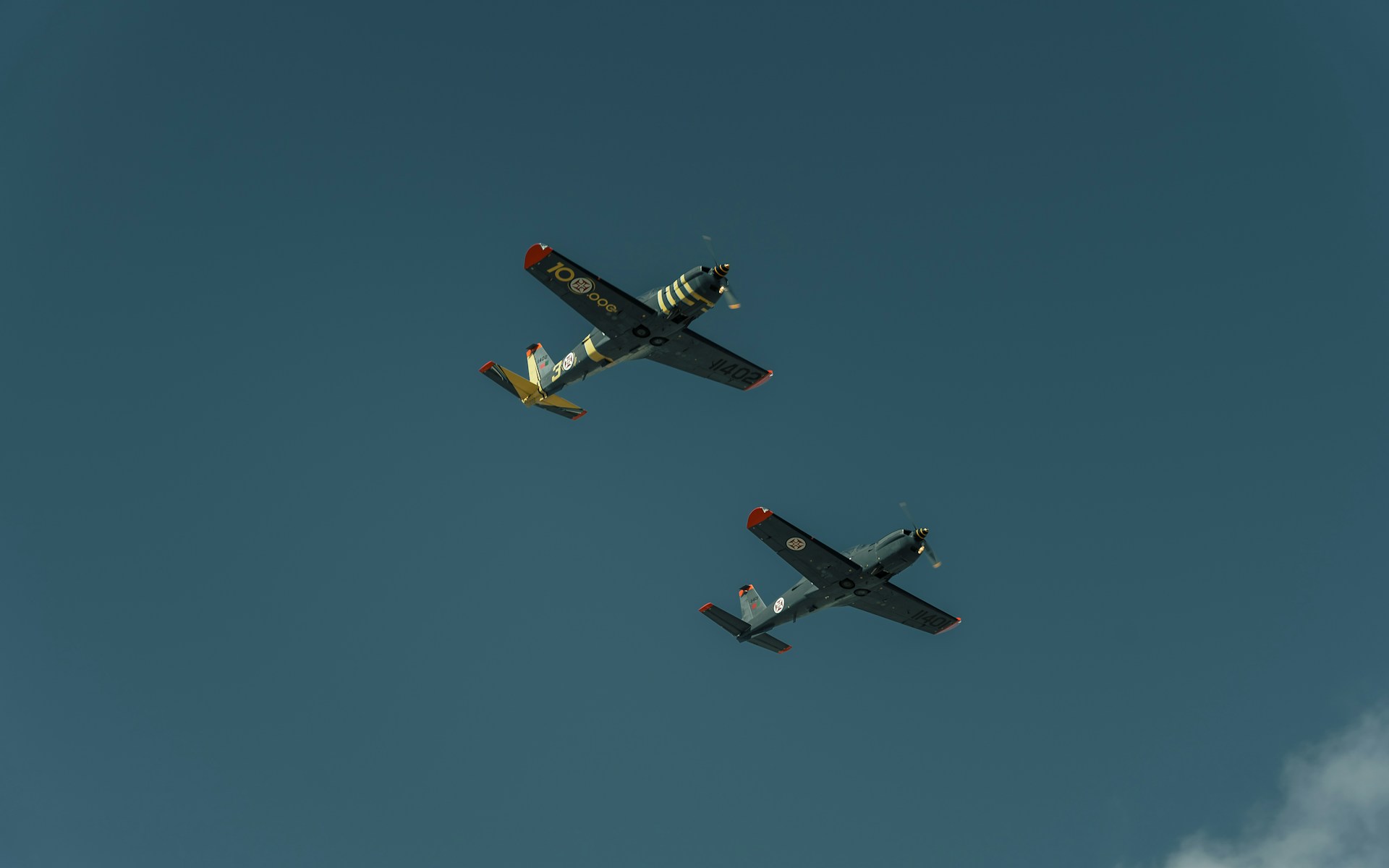
Age 29 and newly a flight lieutenant, Malan rose with 74 Squadron in fresh Spitfires. He earned ace status within weeks through discipline and timing. He read fights like problems to solve and drilled his section until small movements felt wired. The formation settled into cadence, eyes out, hands light, ears tuned to the controller’s vectors. The brief was simple. Meet the raid, break it, survive to brief again. Then the air grew claws and teeth.
The Finger Four Advantage
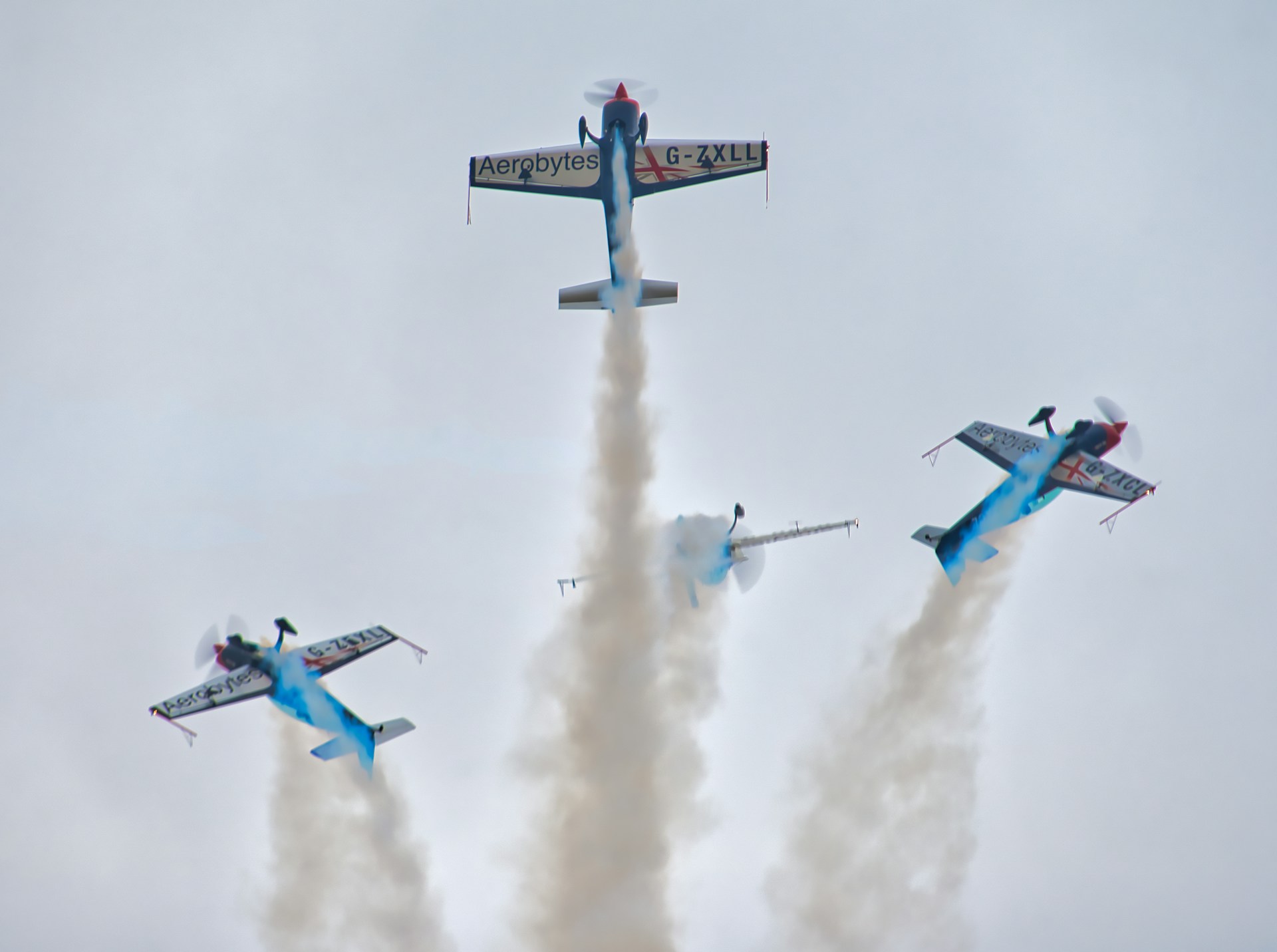
Molders championed the finger four, a loose four ship that widened vision, freed wingmen, and guarded leaders from tunnel focus. It breathed better than tight Vic formations, and both sides adopted it as the war wore on. Malan, by instinct and later doctrine, pushed similar flexibility inside Fighter Command. Geometry yielded to flow. In this fight, spacing, initiative, and mutual cover mattered more than paint or pride. Survival rode on who kept sight longest and spoke clearest.
Goerings Baited Raid
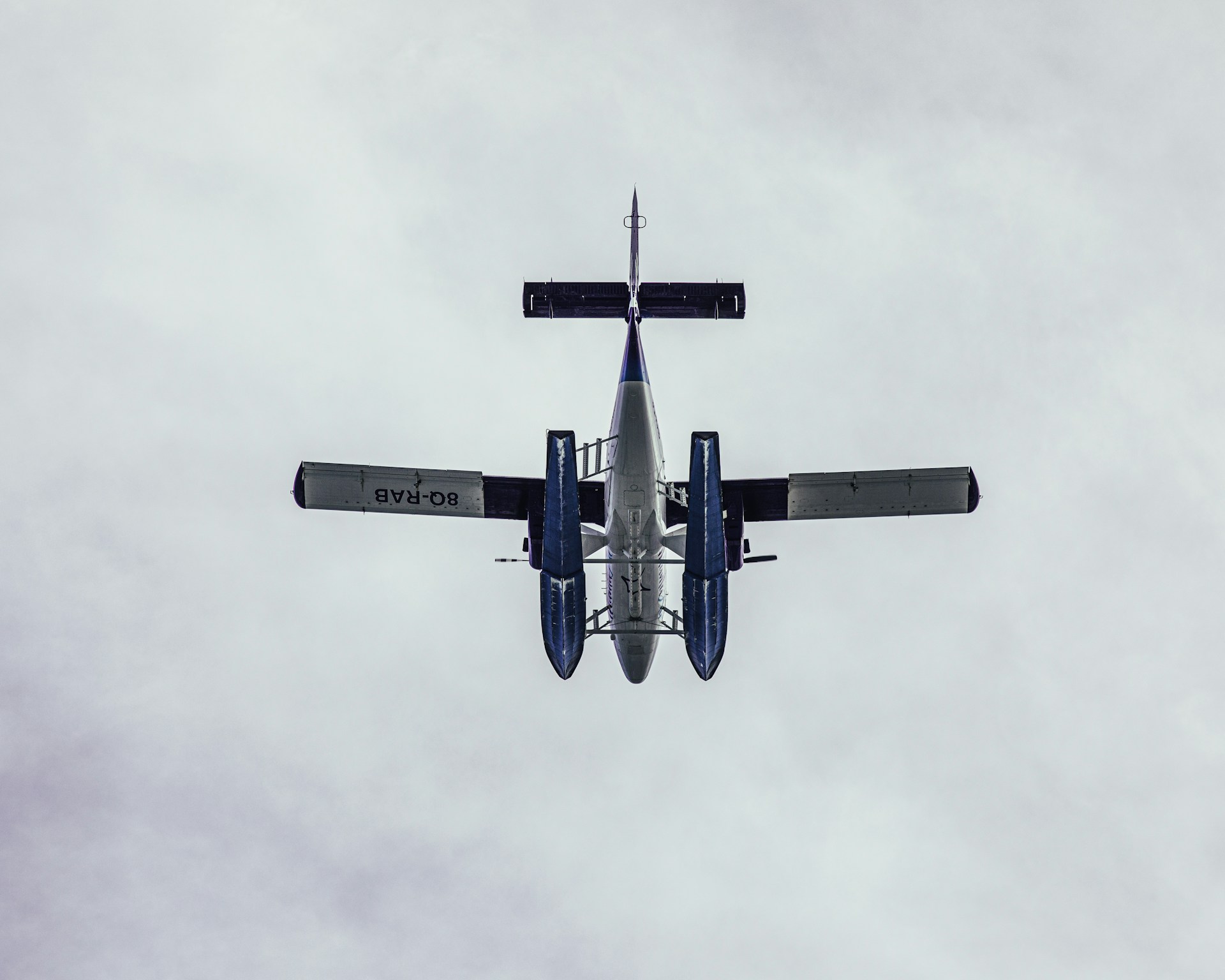
The plan relied on deception. He 111 bombers crossed as lure, then turned back, leaving JG 26 and JG 51 set to slash at climbing interceptors. Around 2 p.m., RAF sectors took the bait and vectored 74 and 41 Squadrons toward Dover. Altitudes converged and contrails braided over a glittering Channel. The lure worked. When guns opened, the careful pattern blew apart into dozens of single contests, each spiraling away from plan into raw survival.
Contact Over The Straits
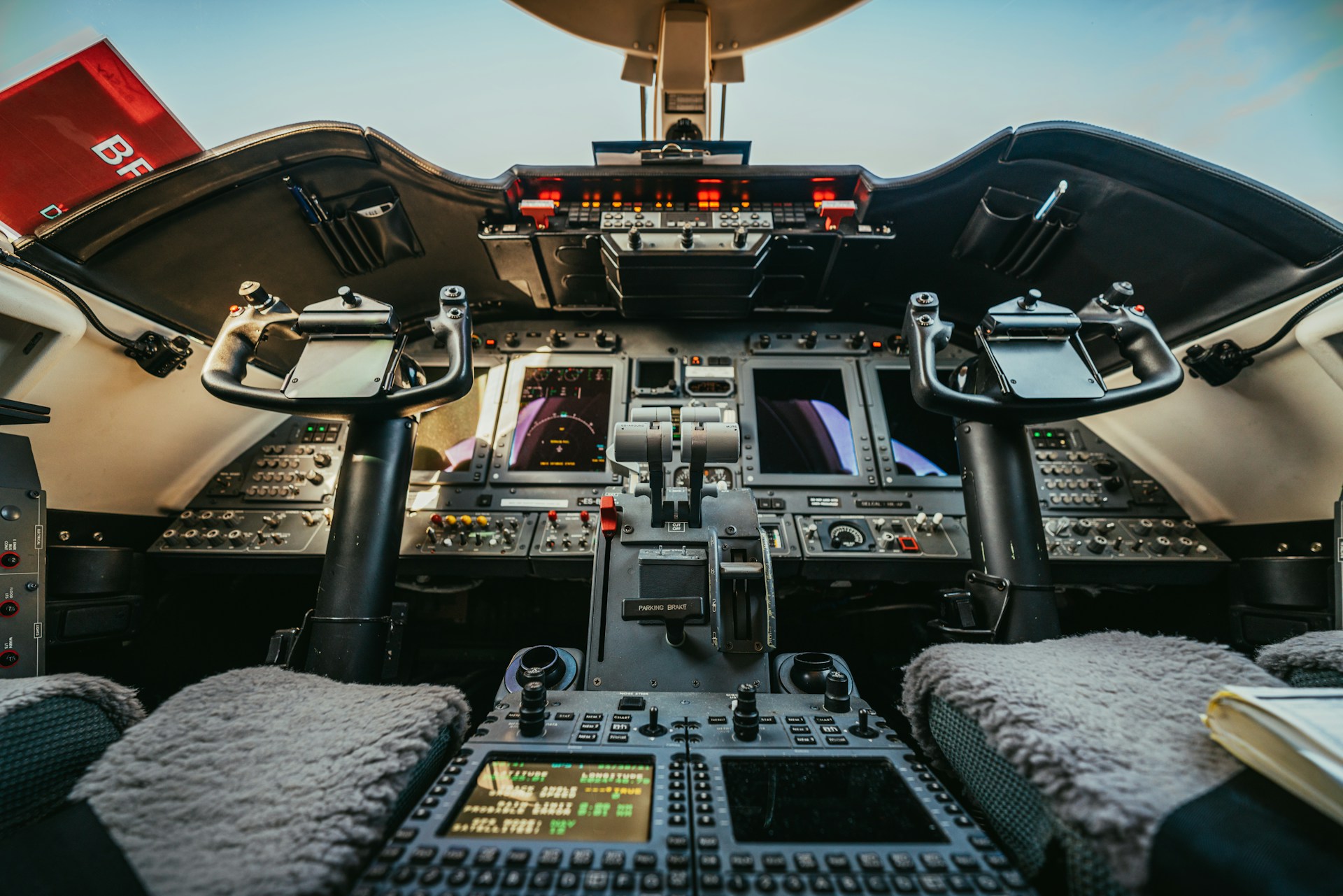
JG 26 hit 41 Squadron first. Molders then drove JG 51 into the swirl and cut down Anthony Lovell’s Spitfire. A moment later the hunter was ringed by more Spitfires than he could count. He rolled, picked, and tried to exit, but a sharp turn from a British pilot put a brief deflection burst into his 109. The machine shuddered. Coolant poured. The cockpit trembled. A clean plan became escape at full throttle, altitude bleeding fast.
A Forced Landing In France

Molders dived for the deck, chased by smoke and luck. He later wrote that eight or 10 Spitfires crowded him and that the only answer was speed. Over the coast his engine faltered. Gear refused to drop. He bellied the 109 onto French sand and felt warm blood in his boots. Shrapnel peppered both legs. Recovery would take weeks. Across the Channel, claims stacked on chalkboards, and Malan marked two 109s destroyed before wheels touched grass.
Claims, Reports, And Fog

Combat reports lined up by time and grid yet told clashing stories. Malan’s first 109 drifted right and bled speed. The second spiraled after three bursts at 100 yards. Neither reads like a flat out dash to France. Another report by J T Webster of 41 Squadron described a smoking 109 that tore home at wave top height. It fit the forced landing better and opened a rivalry of interpretations that never fully closed.
The Webster Hypothesis
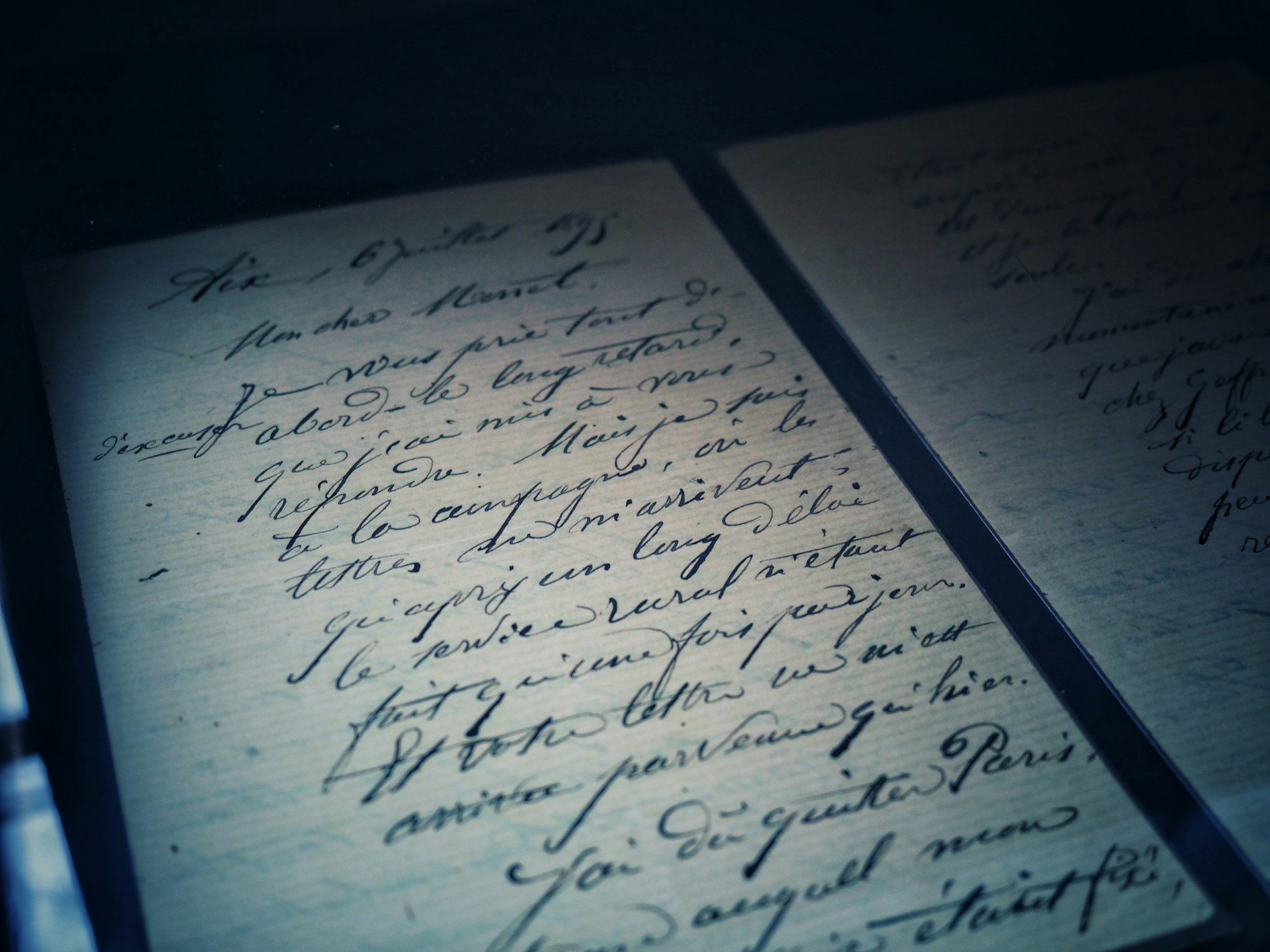
Later studies weighed Webster’s claim against Malan’s tally and Molders’ recollection. The dive, the smoke, the low sprint for the coast echoed in Webster’s notes. Malan’s report still matched time and place and showed cold accuracy in the same melee. The cautious view many reached was narrow. Both aces were present. The crippling hits on Molders more likely came from Webster, who fell in combat weeks later and could not add detail.
Legacy Of A Crowded Sky

The dogfight endures because it shows what air combat hides. Memory bends, paper trails split, and pride fills gaps. Tactics learned that day spread across air forces, and both men shaped doctrine and morale long after the oil cooled. The myth of a clean duel fades when set against a sky packed with contrails and fear. What remains is courage, method, and the truth that victory often rides on seconds no one fully sees.
